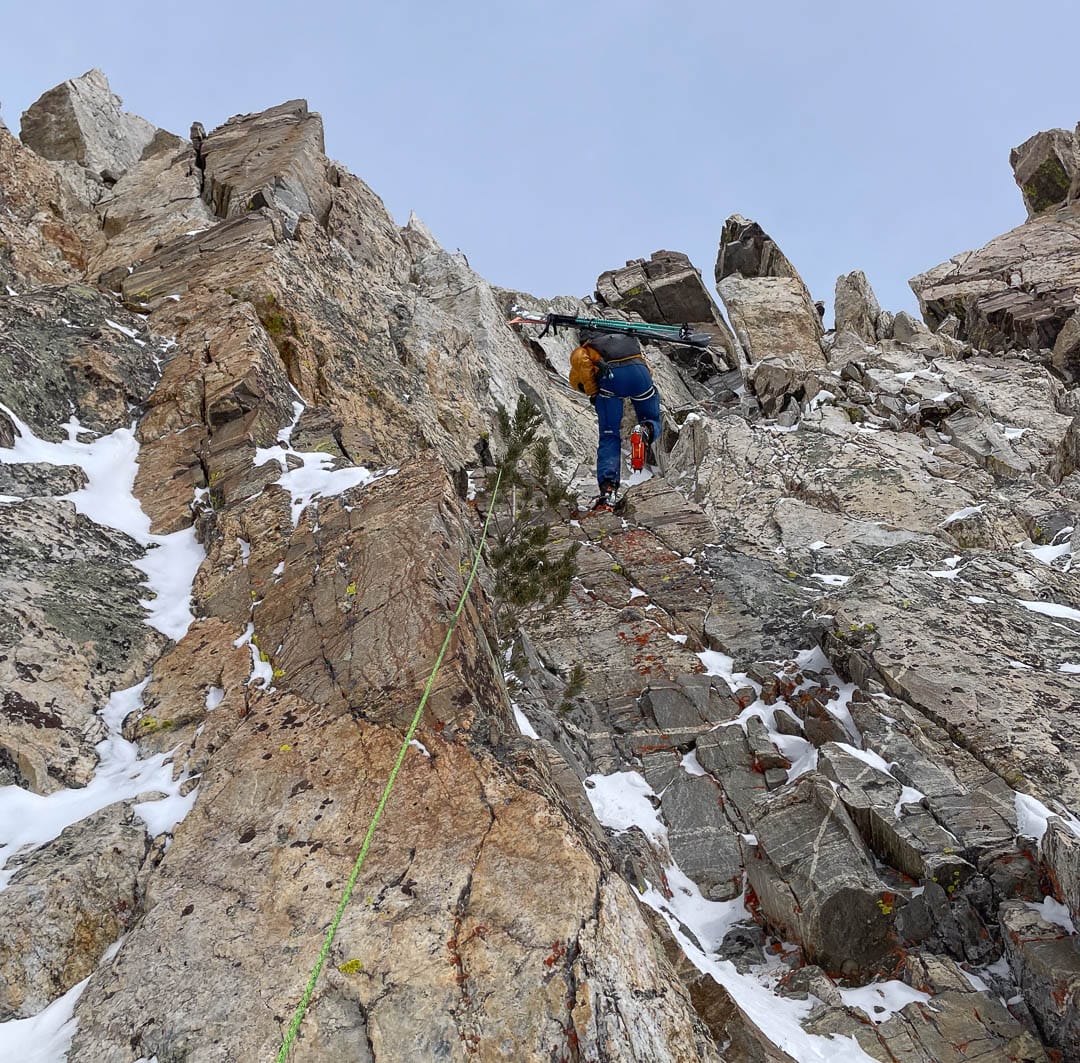The first episode of our Gear Shed podcast gets straight to the point. There’s no equivocating as Gavin Hess, Adam Fabrikant, and Billy Haas go deep discussing ski mountaineering ropes.
THR Gear Shed Podcast EP 1: The Skinny on Ski Mountaineering Ropes

Keeping the friction in play: the single strand skinny rope on rappel. Photo: Gavin Hess





Leave a Reply
You must be logged in to post a comment.